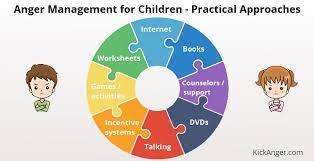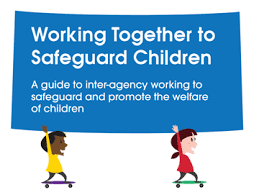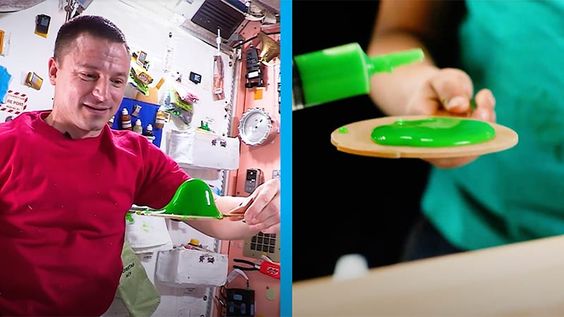In a world brimming with challenges and high expectations, children can sometimes feel overwhelmed and carry self-doubt. Positive affirmation cards for kids have emerged as a powerful tool to bolster their self-esteem, encourage positive thinking, and foster a growth mindset.
A growth mindset, the belief that one’s abilities and intelligence can be developed with effort and persistence, is integral for kids to thrive both academically and personally. Positive affirmation cards serve as daily reminders that help reinforce this concept. These cards are designed to be visually appealing and full of uplifting messages that kids can relate to.
The impact of these affirmations is profound. When children read statements such as “I am capable,” “I am resilient,” or “I embrace new challenges,” they begin to internalize these beliefs. Repetition is key in the effectiveness of affirmation cards; with each repeated statement, the positive message reinforces a child’s belief in their own abilities.
These cards can easily be incorporated into daily routines. Parents and educators can introduce them during morning rituals, classroom transitions, or quiet reflective moments. Kids can choose a card from the deck to set a positive tone for the day or to boost their confidence before a test or presentation.
Positive affirmation cards are not just about encouraging success but also about handling failure positively. Cards with messages like “Every mistake is a learning opportunity” or “I grow with each challenge” help kids understand that setbacks are part of learning and growth.
Social-emotional development is another area where affirmation cards can make a significant impact. With affirmations like “I am loved” and “I am a good friend,” children learn to value themselves and nurture compassion towards others.
Positive affirmation cards for kids are more than just pretty pieces of paper — they’re tools that empower the next generation to develop self-assurance, resilience, and an unshakeable growth mindset.







